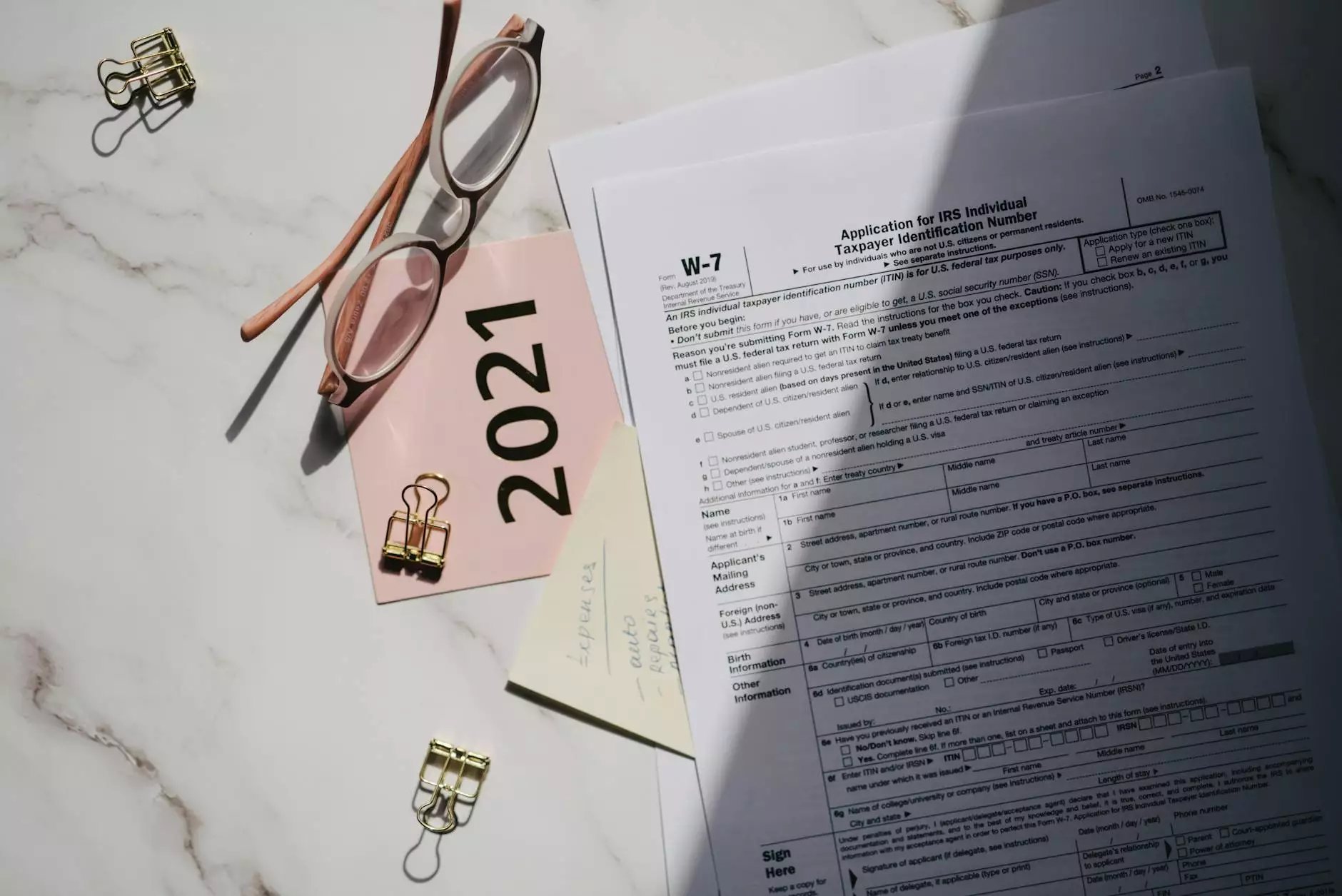The Comprehensive Guide to Architectural Model Costs

Architectural models play a crucial role in the architecture and design industry. They help convey ideas, visualize projects, and engage stakeholders. Understanding the architectural model cost is essential for architects and clients alike, as it can impact project budgets and timelines. This article will delve into the various aspects affecting the cost of architectural models, providing you with valuable insights to ensure you make informed decisions for your projects.
What is an Architectural Model?
An architectural model is a physical representation of a building or space designed to communicate the form, volume, and spatial relationships of a particular project. Architects use models to:
- Visualize designs in three dimensions
- Communicate ideas to clients
- Test design concepts
- Present proposals to stakeholders
- Understand the environment in which the project will exist
Factors That Influence Architectural Model Costs
Understanding the factors that contribute to the architectural model cost helps in budgeting effectively. Here are the main elements that determine the price:
1. Type of Model
There are various types of architectural models, and each comes with its own cost implications. The primary types include:
- Concept Models: Simple, often made from basic materials to convey the design ideas. Typically less expensive.
- Presentation Models: More detailed and finished models used for client presentations and marketing. Require higher investment.
- Working Models: Functional models that may demonstrate mechanical systems or interactions. These can be quite costly due to complexity.
- Site Models: Represent the surrounding geography and were often made for large projects. The cost can vary significantly based on the scale.
2. Size of the Model
The scale of the model directly influences the architectural model cost. Larger models tend to require more materials and labor. A 1:50 scale model will cost considerably more than a 1:200 scale model due to:
- Increased material usage
- More elaborate detailing
- Greater labor time for construction
3. Material Choices
The materials selected for creating the model significantly affect the overall cost. Common materials include:
- Cardboard: Inexpensive but provides limited durability.
- Wood: Offers a better finish and durability but at a higher cost.
- Acrylic: Provides a sleek look and is robust but can be pricey.
- 3D Printed Materials: Allows for precise, complex designs, though 3D printing can be costly depending on the size and technology used.
4. Detailing and Complexity
Models that require intricate details, such as realistic textures, colors, or landscaping features, will incur higher costs. Depending on the requirements, detailing can involve:
- Custom painting and finishing
- Adding landscaping elements like trees and water features
- Incorporating lighting features for enhanced visual impact
5. Labor Costs
The expertise required to create architectural models plays a significant role in the overall cost. Skilled craftsmen and designers may charge more for their expertise. Costs will vary based on:
- Experience level of the model maker
- Labor rates in the geographical area
- Time constraints and urgency of the project
6. Technology and Tools
Modern architectural modeling increasingly incorporates technology, which can also affect costs. Technologies include:
- 3D Modeling Software: Powerful tools that streamline the design process
- Laser Cutting: Provides precision but involves additional costs
- 3D Printing: While effective, this can be expensive, especially for larger or more complex models
Estimating Your Architectural Model Costs
When estimating architectural model cost, consider the following steps to arrive at an accurate budget:
1. Define Your Needs
Clearly outline the purpose of the model and the level of detail required. Are you preparing for a client meeting or a public presentation? This will help determine the type and complexity of the model required.
2. Research and Reach Out
Connect with model makers and gather quotes. Review their portfolios to gauge the quality of their previous work. This will also help you understand the market rates for different types of models.
3. Breakdown the Costs
Request a detailed breakdown of costs, including materials, labor, and any additional services such as lighting or landscaping. This transparency will help you avoid unexpected expenses.
4. Consider Timeline
Understand how the timeline affects the cost. Rush orders typically incur higher fees. Plan your project timeline to balance quality and cost effectively.
The Value of Investing in Architectural Models
Investing in quality architectural models can provide significant value in your projects. Here are some benefits to consider:
1. Enhanced Communication
Models serve as powerful tools for communication. They can clarify concepts to clients and stakeholders, reducing misunderstandings and leading to more efficient project approvals.
2. Improved Design Understanding
Seeing a design in three dimensions allows architects and clients to visualize spaces more effectively, leading to better design decisions and refinements.
3. Marketability
For real estate developers, well-crafted architectural models can enhance the marketing of a project. They provide potential buyers and investors with a visual representation of what to expect, thus increasing buyer interest.
4. Educational Tools
For educational institutions, architectural models serve as valuable teaching aids. They help students and budding architects grasp complex design principles and spatial relationships.
Conclusion
Understanding the intricacies of architectural model costs is crucial for architects, developers, and clients alike. By considering the factors outlined in this article, you can make informed decisions that balance cost with quality, ensuring the successful communication of your architectural vision. Models are more than mere representations; they are investments in clarity, understanding, and successful project outcomes. With careful planning and research, you can harness the power of architectural models to elevate your projects to new heights.
FAQs About Architectural Model Costs
What is the average cost of an architectural model?
The average cost can vary widely from a few hundred to several thousand dollars, depending on factors such as size, type, complexity, and materials used.
How long does it take to produce an architectural model?
Production time can range from a few days to several weeks. The complexity of the model and the materials chosen significantly impact the timeline.
Can I create an architectural model myself?
Yes, many architects create simple models themselves using basic materials. However, for more complex models, professional services may yield better results.
What materials are recommended for beginners?
Beginner-friendly materials include cardboard, foam board, and wood. These materials are affordable and easy to work with.
How do I choose the right model maker?
Look for a model maker with a strong portfolio, positive reviews, and experience relevant to your specific project needs. Getting quotes from multiple sources can also help you find the best fit.









